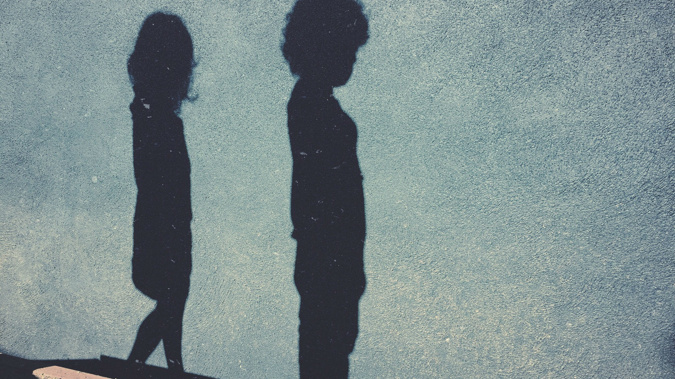
The cost of housing has emerged as a significant factor contributing to the number of children living in poverty in New Zealand, new data confirms.
The new poverty figures also reveal the number of people facing material hardship – a major component of child poverty – has remained relatively stagnant.
Other major measures of child poverty show no significant changes compared to last year.
Statistics New Zealand has released its new and improved child poverty measures, which takes a detailed snapshot of the living conditions of some of the poorest people in the country.
The numbers shows housing costs are a significant factor when it comes to child poverty.
Before housing costs are factored in, one in seven children – or 168,500 kids – live in households with less than 50 per cent of the overall median household income.
But that number jumps to one in five children (235,400) once housing costs are taken into consideration.
In other words, almost 67,000 more children are in poverty as a direct result of housing costs.
However, both the before and after housing costs figures were down compared to the year prior, by 14,900 and 18,400 children respectively.
The new data is significantly improved on the information previously provided by the Government statistician.
Some 21,000 people were surveyed in the new data, compared to 3500-5000 in the previous measure.
The bolstered data was ordered by Prime Minister Jacinda Ardern, who had made reducing child poverty a personal priority and has set numerical goals for reducing child poverty.
The Government's targets are to reduce the before housing costs measure from 16 per cent to 10 per cent, and after housing costs from 23 per cent to 19 per cent, by June next year.
In 10 years, that target is 5 per cent and 10 per cent respectively.
Stats officials made it clear that the data does not show one sole measure which shows if child poverty in New Zealand is going up or down.
Rather, there are nine measures Statistics NZ use to paint a picture of poverty in New Zealand.
A key indicator in the set of numbers is what officials describe as material hardship – something most people would consider is essential, such as access to fresh fruit and vegetables, going to the doctor and ability to play bills on time.
A household is considered to be in material hardship if it is missing out on at least six of 17 elements factors.
The new poverty numbers were taken through the sampling of people between July 2018 and June 2019.
This means the impact of most of the Government's $5.5 billion Families Package was not taken into account.
The Government expects the full impact of that policy to show through in the 2020/21 numbers.
Take your Radio, Podcasts and Music with you








